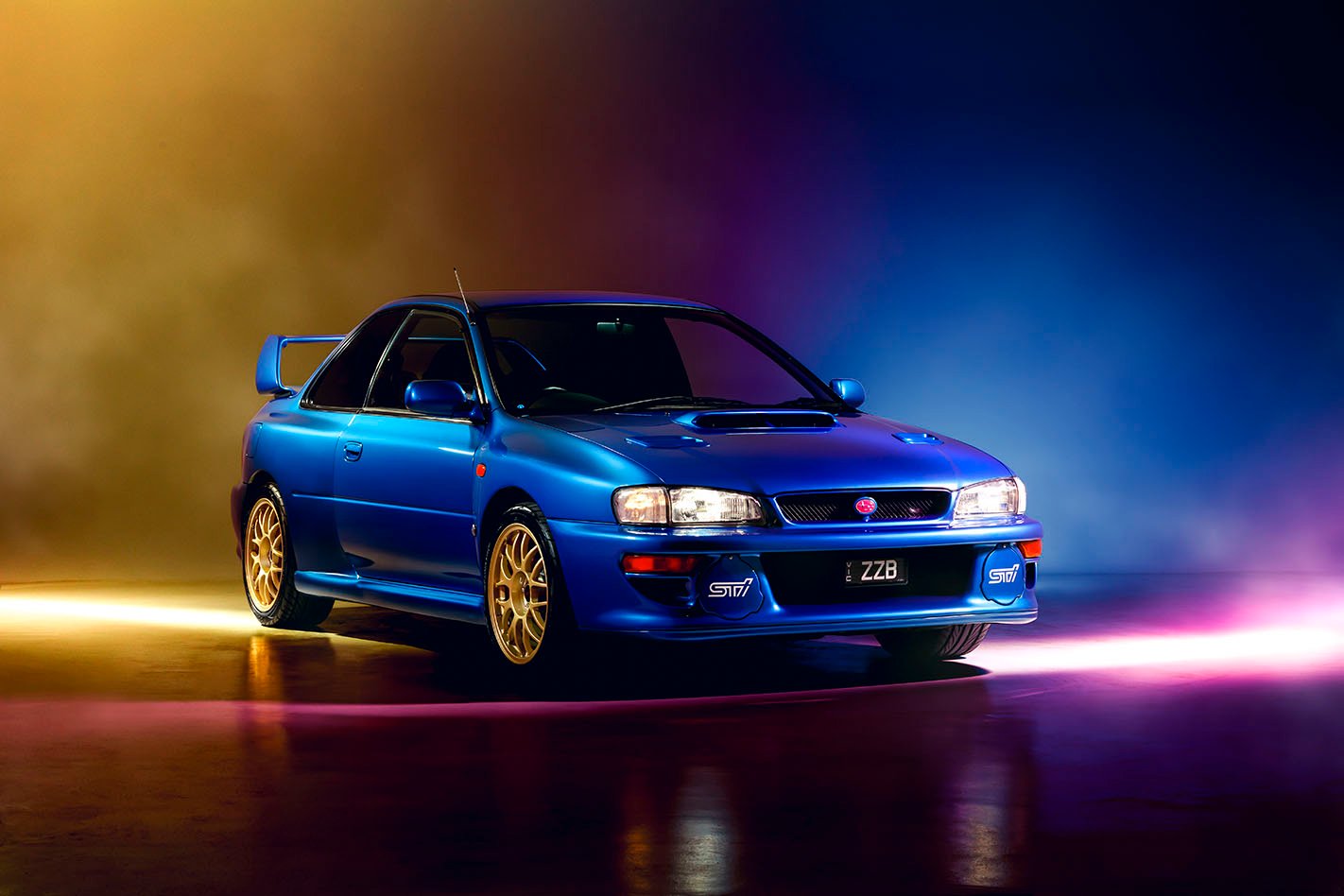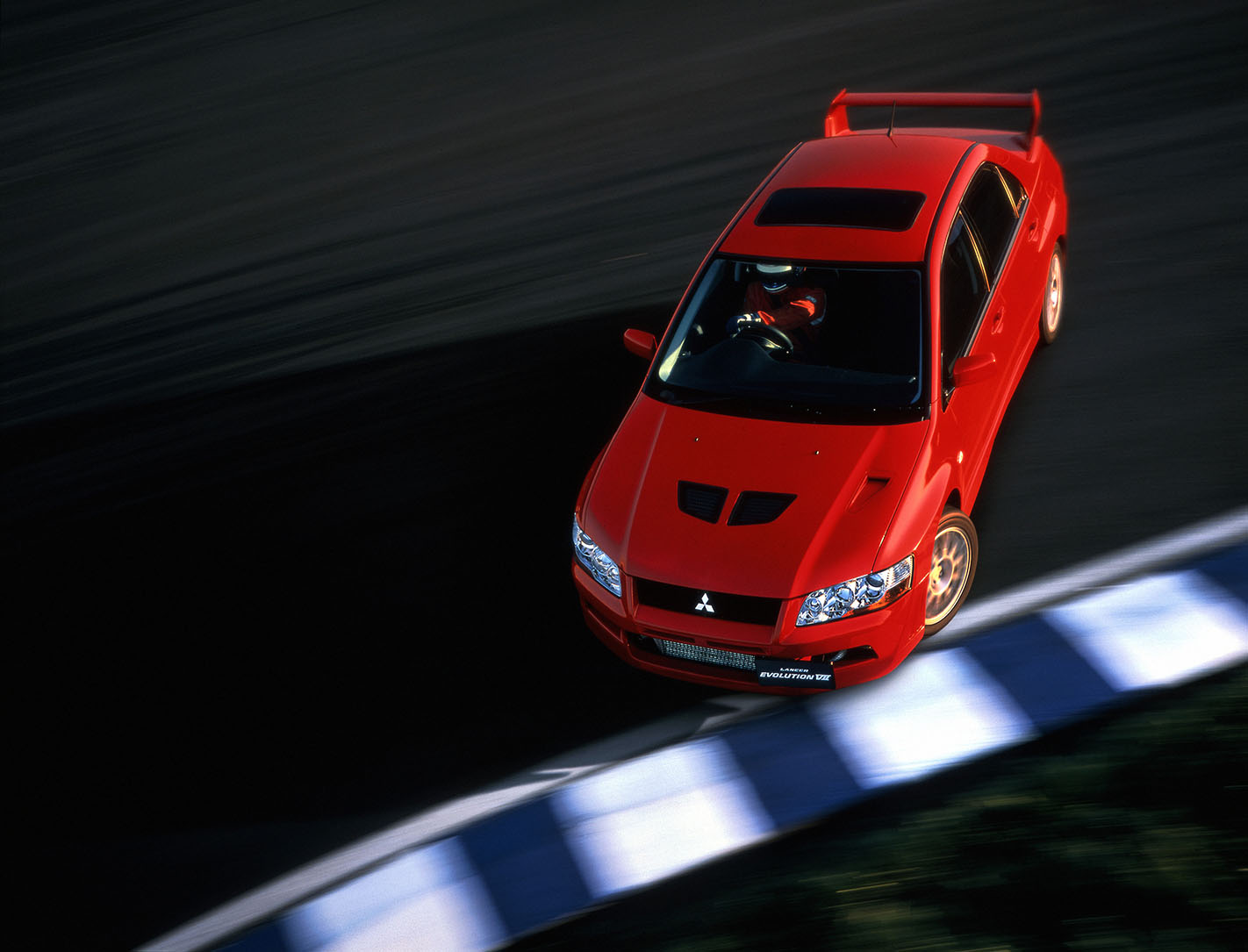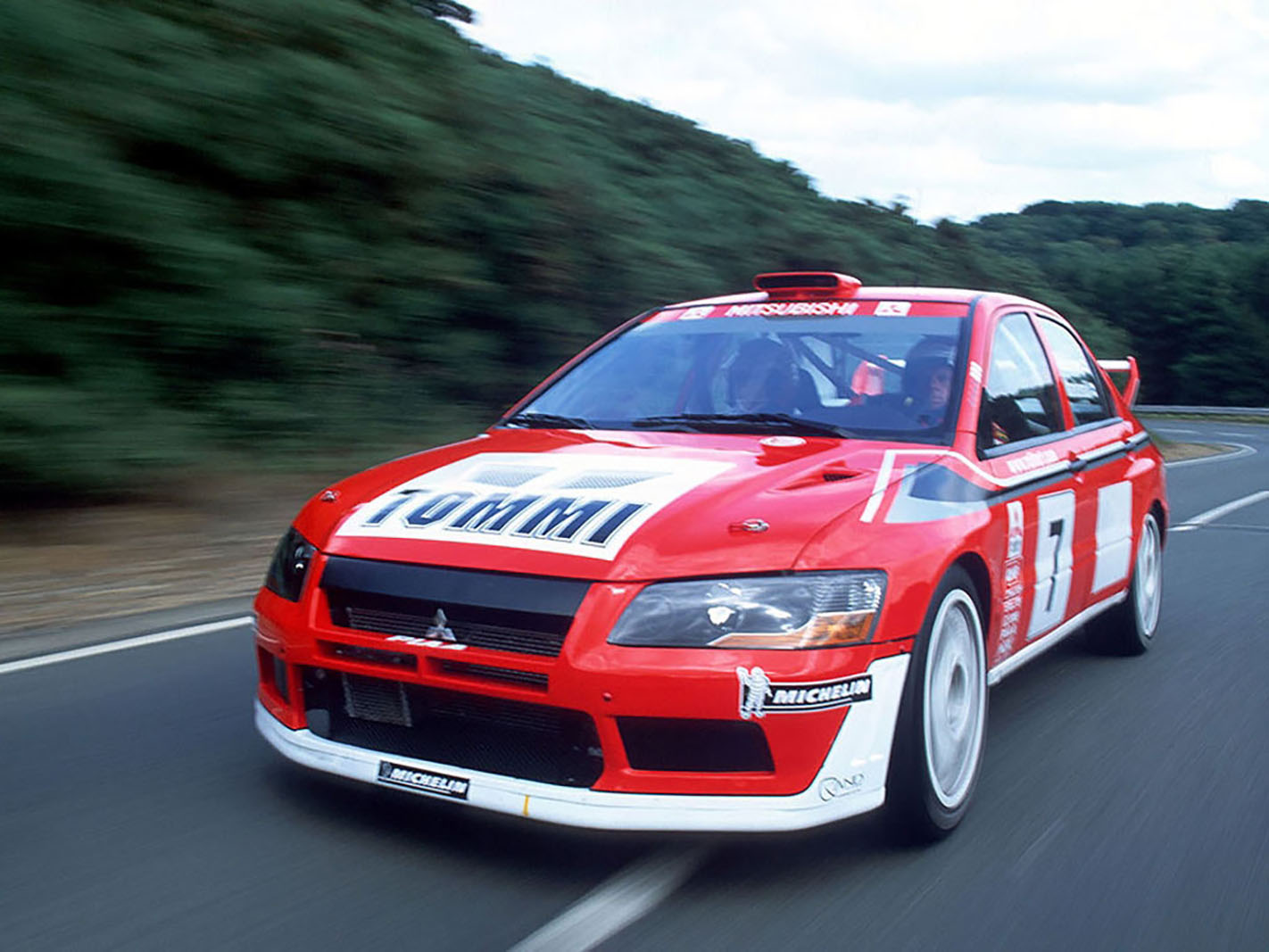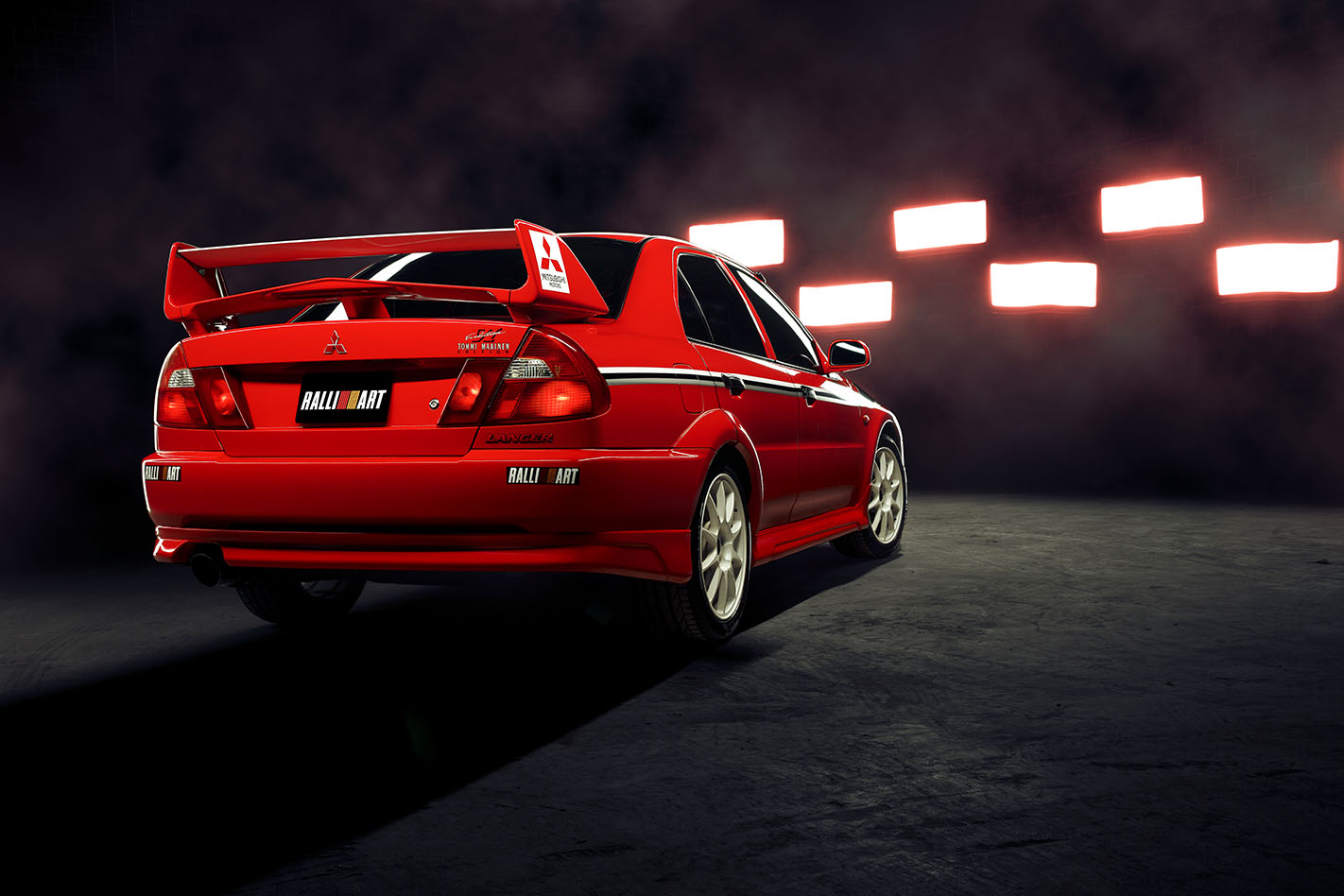For a year either side of 2000, it seems you weren’t any sort of performance car enthusiast in Australia unless you’d nailed your colours to the mast of either the Subaru WRX or the Mitsubishi Lancer Evo.
Forget Falcon versus Commodore. For a couple of glorious years there really was a substitute for cubes, and Lowndes and Skaife suddenly had McRae and Makinen to reckon with.
And then, almost as quickly as it appeared, the demand for these cars seemed to virtually vanish.
Sales of the first-gen Subaru WRX peaked in 1999 with 469 units in a month and tailed off thereafter. These days 90 sales a month is a good result.
But in April 2014, the WRX models totalled a heady 691 units, helped by the introduction of the latest generation STI and the CVT transmission.
That was a slightly artificial blip based on a backlog of orders and within a year, sales were back down to just over 200 per month.
Here are the five key reasons for the demise of the all-wheel drive rally replica.

IMPORT CRAZE
Like most scenes, the appetite for JDM wares waxes and wanes.
At the turn of the century, importing a car from Japan was easier, a country where rigorous and expensive shaken regulations (a very rigorous bi-annual roadworthy) encouraged buyers to dispose of their cars just before three and five years of age.
During the early Nineties, Australia had seen the growth of ‘Fast Four’ culture, where Escorts, Geminis, Celicas, SSS Datsuns, Minis, Vee-Dubs and Alfas all gained a cult following.
The Nissan GT-R’s domination of Group A racing in 1991 and 1992 cemented Japanese performance front and centre in the minds of Aussie enthusiasts.
From there it was only a matter of time before the import flood gates opened, leading to the Cabin Boys and Autosalon subcultures. And, just like anything that becomes a cliche of itself, the genre became tarnished.
Wheels editor Ewen Page knew that between 2000 and 2002, a WRX or an Evo on the cover of the magazine would guarantee bumper sales. Page left the building in June 2002, with incoming boss Ged Bulmer recognising that a return to Aussie metal was the way to shift mags.

FWD GOT BETTER
If you ever needed an example of a bloody awful front-drive hot hatch, take the Alfa Romeo 147 GTA as an example.
Back in 2002, this thing packed a WRX-rivalling 184kW and was a torque-steering mess.
Put simply, anything with much more than 150kW was a bit of a handful. We can lump the Saab 9-3 Viggen in with the Alfa also. And, to an extent, the Mk1 Ford Focus RS.
Engineers hadn’t yet finessed the art of getting the front wheels to do driving and steering particularly well when deploying a decent slug of power.
That changed in 2007 with the launch of the RevoKnuckle front suspension system on the second-generation Ford Focus RS.
Here was a vehicle with 224kW which used lessons learned in rallying – and how’s that for irony? – to which reduce scrub radius and kingpin off-set while avoiding the increased cost, weight and complexity of a traditional double wishbone or multi-link front suspension.
The result was that the car could deploy that power without generating stacks of torque steer.
Tyre technology had also helped here, with bigger, grippier front boots giving increasingly sophisticated traction control systems less to think about.

AWD GOT BETTER
As well as front-wheel drive cars getting better, all-wheel drive vehicles developed too.
Back in 2000, a Mitsubishi Evo VI made 206kW. Five years later an Evo IX was still a 206kW car, hamstrung by the Japanese gentleman’s agreement not to exceed this figure. Other manufacturers were unencumbered by such agreements.
By 2005, you could happily buy all-wheel drive powerhouses like the 220kW Volvo S60 R, a 253kW Audi S4 V8 or a 270kW HSV Coupe4.
If you had even more money, a $315,00 Porsche 996 Turbo or a $399,000 Lamborghini Gallardo all delivered drive to each corner.
The genie was out of the bottle and both Subaru and Mitsubishi found themselves trapped at the limit of their brand equity, both cars beached at circa-$56K and unable to defend themselves against the quality and profit margins of a forthcoming wave of premium AWD hatches like the Audi RS3 and Mercedes-AMG A45.

RALLYING DIED
Okay, so it didn’t actually die, but Mitsubishi eventually pulled the plug on World Rally Cars in 2005, with Subaru doing likewise in 2008.
Mitsubishi went on to withdraw the Lancer Evo line of production cars in 2016, the final Evo X dipping out after a nine-year production run or, if you prefer, the same duration as Evos I through VI.
The Subaru WRX and STI has continued in production, but with no top-line rally success to draw upon, the rally replica cachet has been largely lost.

EMISSIONS HAPPENED
Granted, it’s not seen as such an issue in Australia, but it’s head-in-the-sand stupid to think that what happens on a global scale doesn’t have an influence on the cars that we get here.
Take the Lancer Evo as an example. In March 2014, Mitsubishi spokeswoman Namie Koketsu issued a press release stating: “Mitsubishi Motors does not have any plans to design a successor with the current concept, as a high-performance four-wheel drive gasoline-powered sedan. Mitsubishi Motors will explore the possibilities of high-performance models that incorporate electric vehicle technology.”
Emissions also saw the Subaru WRX withdrawn from the UK, one of its biggest right-hand drive markets, in 2018.
Autocar’s Matt Prior realised the inevitable.
“What would it take to make a new WRX possible? A change in the world, I fear,” he opined.
“The time has gone. The car was created to serve a purpose – because rallying demanded that car makers produced a certain number of road cars with a similar mechanical specification to the competition ones – and the WRX served it.
“Today, the demands of a permanent four-wheel-drive system are troubling for efficiency, too few people want the compromises brought about by the mechanical layout and, most importantly, race and rally series don’t want to make it prohibitive for manufacturers to join in, so the homologation requirements are less.
“If those were to change, perhaps we’d see a new raft of specials like the WRX. But I doubt they will, so I doubt we will. Pity.”







